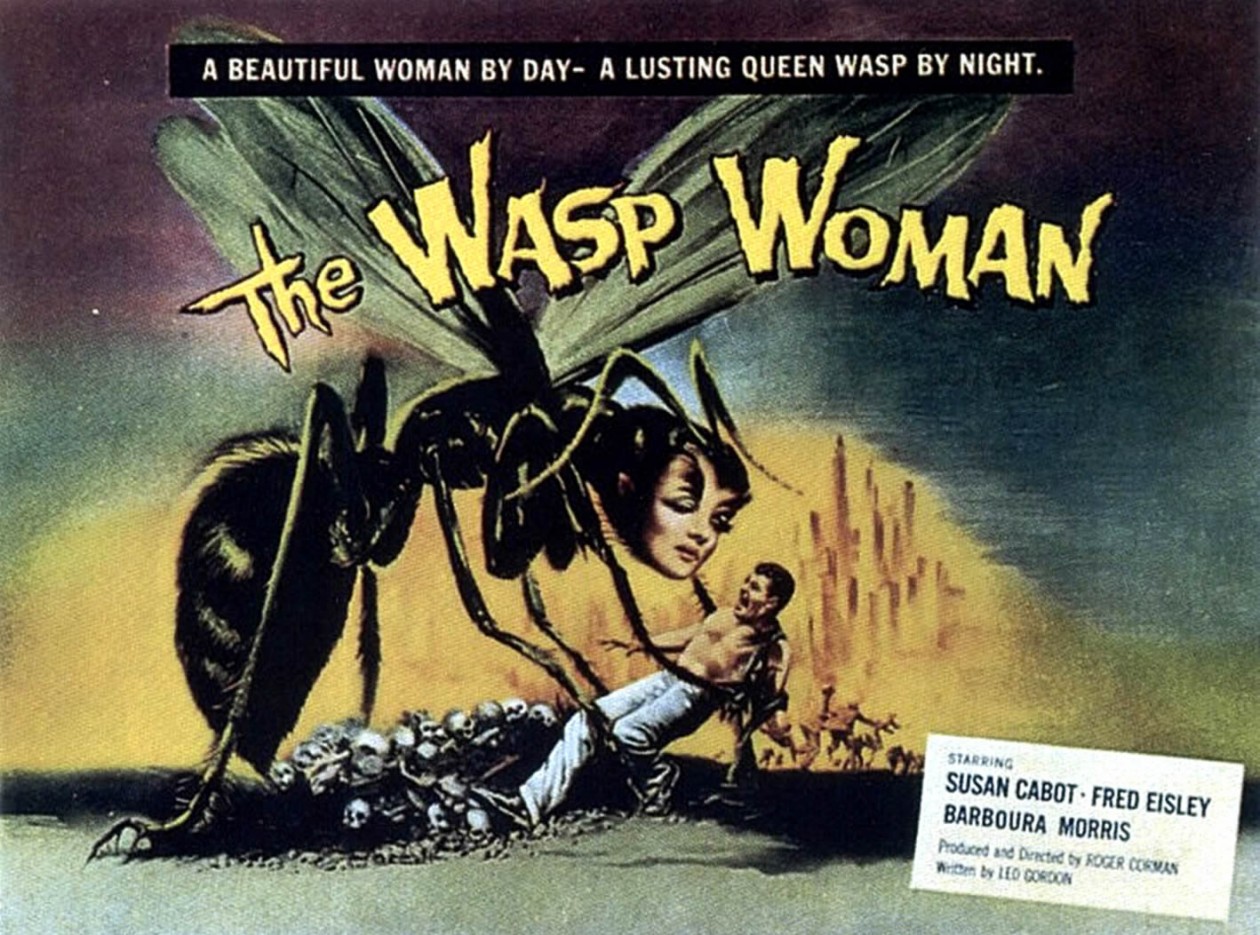Something that I found to be very interesting about the film Klute is that framing becomes a very important element to the film. Not only do we see framing in the way that the camera focuses on the subject but also photo frames, window frames, and framed mirrors are repeated elements throughout the film. So within the camera’s frame (what is contained on the screen) we also see people contained in the various frames in the setting in the film.
According to Janey Place, mirrors and the framed portrait of the woman become very important elements to the film noir genre. Before reading Women in film noir I already had a hunch that those items were crucial to understanding the film because they were almost always present in Klute. Not only in the sense that Janey Placey talks about, but the use of of fences, wires, and even the cage elevator all contribute to the idea of the “framed” or “contained” woman. She specifically states, “The framed portrait of a woman is a common motif in film noir. Sometimes it is contrasted with the living woman…” She mentions that within the frame a woman is, “under-control, static, powerless” Then she concludes that “The lesson is obvious: only in a controlled, impotent powerless form, powerless to move or act, is the sexual woman no threat to the film noir man.” I think that Place’s point can be taken further and be applied to the use of any type of object to frame the subject. This is something we see with Bree almost entirely throughout the film. However, we never see her in a framed photograph on the wall like we do with the first woman within the first ten minutes of the film. I think that this speaks a lot about what these women stand for in terms of how they control their sexuality.
Something also interesting is the way that we see men’s photographs framed in the film. I mentioned Mrs. Gruneman’s portrait earlier, but during the scene when we see Mr. Gruneman and Mrs. Gruneman’s portraits on the wall we see a man’s framed portrait. In this scene we see that Mrs. Gruneman’s framed portrait is entirely displayed on the wall, whereas Mr. Gruneman’s framed portrait is cut off by the way the camera frames this scene. This might suggest that Mr. Gruneman’s sexuality isn’t contained like Mrs. Gruneman’s sexuality is. (That is, if we are referring to portrait framing in Klute to the containment of the danger of a sexual being).
